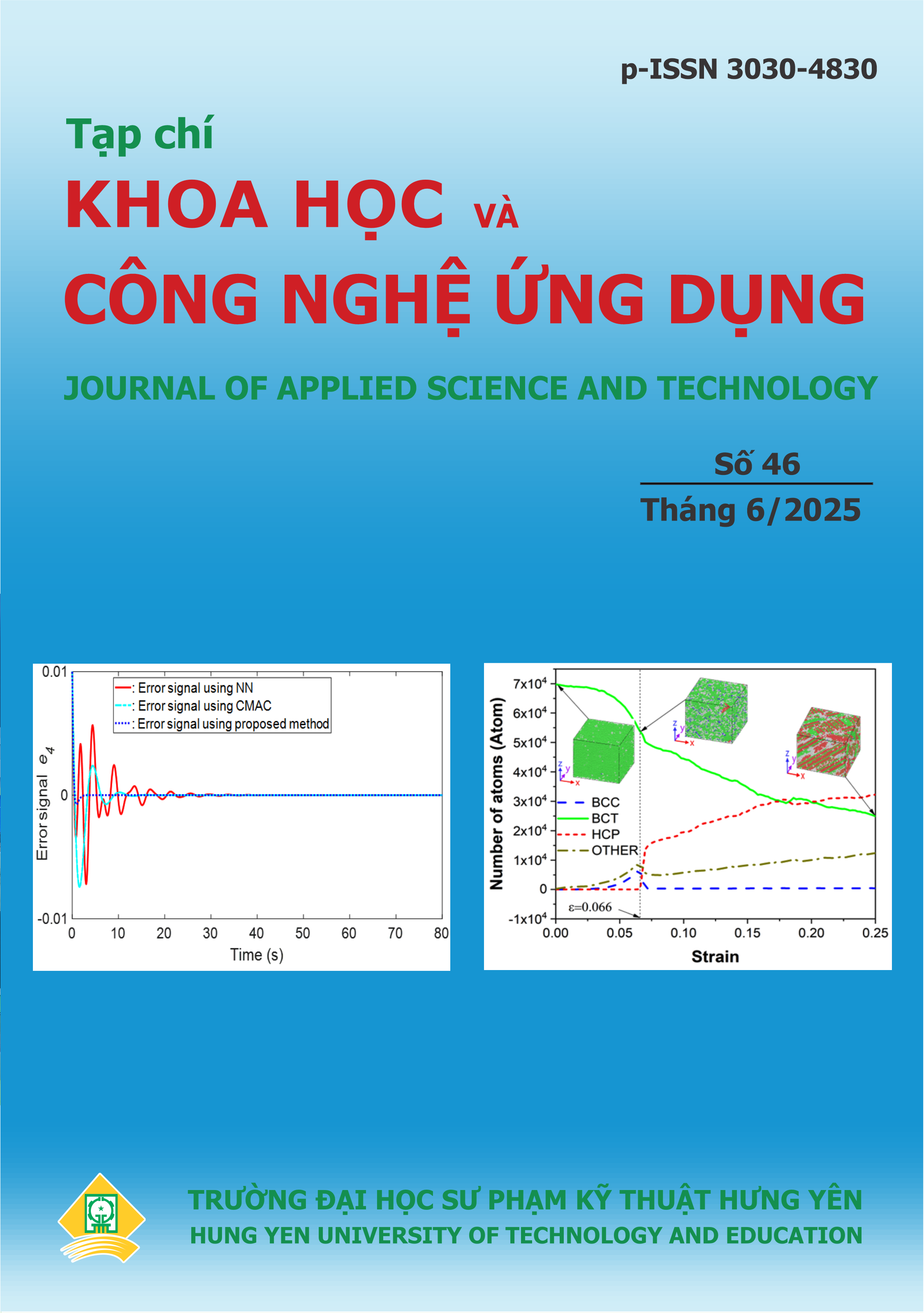ENHANCED CRANIOPLASTY IMPLANT DESIGN VIA SURFACE REGISTRATION
Abstract
Cranioplasty requires precise, patient-specific implants to restore skull geometry while satisfying clinical and surgical constraints. Traditional implant design methods, particularly symmetry-based mirroring, leverage the skull’s inherent symmetry to create individualized implants but are limited by assumptions of perfect symmetry with midsagittal plane, restricting their applicability to non-symmetrical skulls. Meanwhile, data-driven deep learning approaches, despite their promise, often produce lowerresolution implants requiring extensive post-processing and may lack personalization for unique anatomical features. This study proposes an enhanced mirroring technique integrated with surface registration to relax the strict symmetry requirement, enabling high-resolution implant design for imperfectly symmetrical skulls. The proposed implant generation workflow involves several key steps: initial Computed Tomography (CT) image acquisition, skull image segmentation, and a preliminary symmetric mirroring of the skull along the x-axis. The core innovation lies in applying surface registration to accurately align the original and mirrored images, determining a precise transformation matrix. This transformation is then used to create the implant by subtracting the original image from the transformed one, followed by final adjustments based on specific medical requirements. Experimental results demonstrate that the generated implants are highly individualized, exhibit high accuracy, meet clinical demands, and offer improved resolution compared to those produced by artificial intelligence (AI)-based methods. By addressing the limitations of both classical and AI-driven approaches, this work expands the utility of mirroring techniques, offering a practical, high-fidelity solution for personalized cranioplasty implants.
References
J. Li et al, “Autoimplant 2020 – first MICCAI challenge on automatic cranial implant design,” IEEE Transactions on Medical Imaging, 2021, vol. 40, no. 9, pp. 2329–2342.
F. Buonamici, R. Furferi, L. Genitori, L. Governi, A. Marzola, F. Mussa, and Y. Volpe, “Reverse engineering techniques for virtual reconstruction of defective skulls: An overview of existing approaches,” Computer-Aided Design and Applications, 2018, vol. 16, no. 1, pp. 103–112.
X. Chen, L. Xu, X. Li, and J. Egger, “Computer-aided implant design for the restoration of cranial defects,” Scientific Reports, 2019, vol. 17, no. 2, pp. 190–204.
A. Marzola, L. Governi, L. Genitori, F. Mussa, Y. Volpe, and R. Furferi, “A semi-automatic hybrid approach for defective skulls reconstruction,” Computer-Aided Design and Applications, 2019, vol. 17, no. 2, pp. 190–204.
M. Gall, X. Li, X. Chen, D. Schmalstieg, and J. Egger, “Computer-aided planning and reconstruction of cranial 3d implants,” in IEEE Engineering in Medicine and Biology Society, 2016, pp. 1179–1183.
J. Egger et al., “Interactive reconstructions of cranial 3d implants under mevislab as an alternative to commercial planning software,” PLoS ONE, 2017, vol. 12, no. 20.
S. Tantisatirapong, S. Khunakornpattanakarn, T. Suesatsakul, A. Boonpratatong, B. I, S. Tongmeesee, T. Kangkorn, and T. Chanwimalueang, “The simplified tailor-made workflows for a 3D slicer-based craniofacial implant design,” Scientific Reports, 2023, vol. 13, p. 2850.
“How to - Cranial Implant Designs using Geomagic Sculpt,” https://www.3dsystems.com/videos/ how-to-cranial-implant-designs-using-geomagic-sculpt (accessed May 15, 2025).
J. Li et al., “Towards clinical applicability and computational efficiency in automatic cranial implant design: An overview of the autoimplant 2021 cranial implant design challenge,” Medical Image Analysis, 2023, vol. 88, p. 102865.
M. Wodzinski, K. Kwarciak, M. Daniol, and D. Hemmerling, “Improving deep learning-based automatic cranial defect reconstruction by heavy data augmentation: From image registration to latent diffusion models,” Computers in Biology and Medicine, Nov. 2024, vol. 182, p. 109129.
M. Wodzinski, M. Daniol, M. Socha, D. Hemmerling, M. Stanuch, and A. Skalski, “Deep learning-based framework for automatic cranial defect reconstruction and implant modeling,” Comput Methods Programs Biomed, 2022, vol. 226, p. 107173.
D. G. Ellis, C. M. Alvarez, and M. R. Aizenberg, “Qualitative criteria for feasible cranial implant designs,” in Towards the Automatization of Cranial Implant Design in Cranioplasty II, D. Hemmerling, M. Wodzinski, and A. Skalski, Eds. Cham: Springer, 2022, pp. 3-12.
V. G. Nguyen, T. L. Do, and D. T. Tran, “End-to-end pipeline to learning-based approaches for automatic cranial implant design,” in 2023 12th International Conference on Control, Automation and Information Sciences (ICCAIS), Hanoi, Vietnam, pp. 1-6, 2023.
Z. Fishman, James G. Mainprize, Glenn Edwards, Oleh Antonyshyn, Michael Hardisty & C. M. Whyne, “Thickness and design features of clinical cranial implants—what should automated methods strive to replicate?”. International Journal of Computer Assisted Radiology and Surgery, 2024, vol. 19, pp. 747–756.

